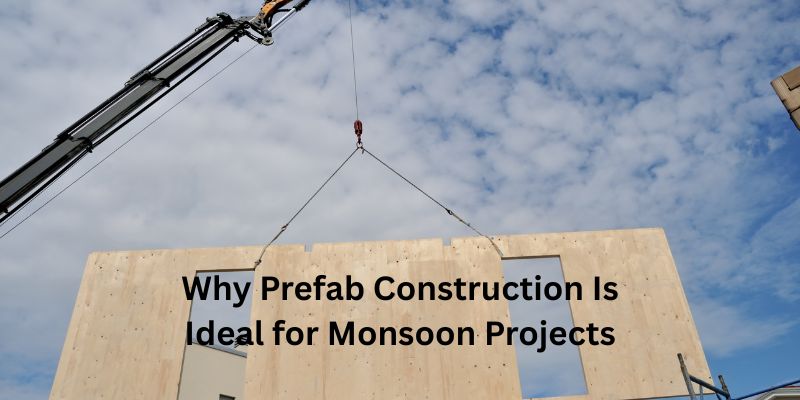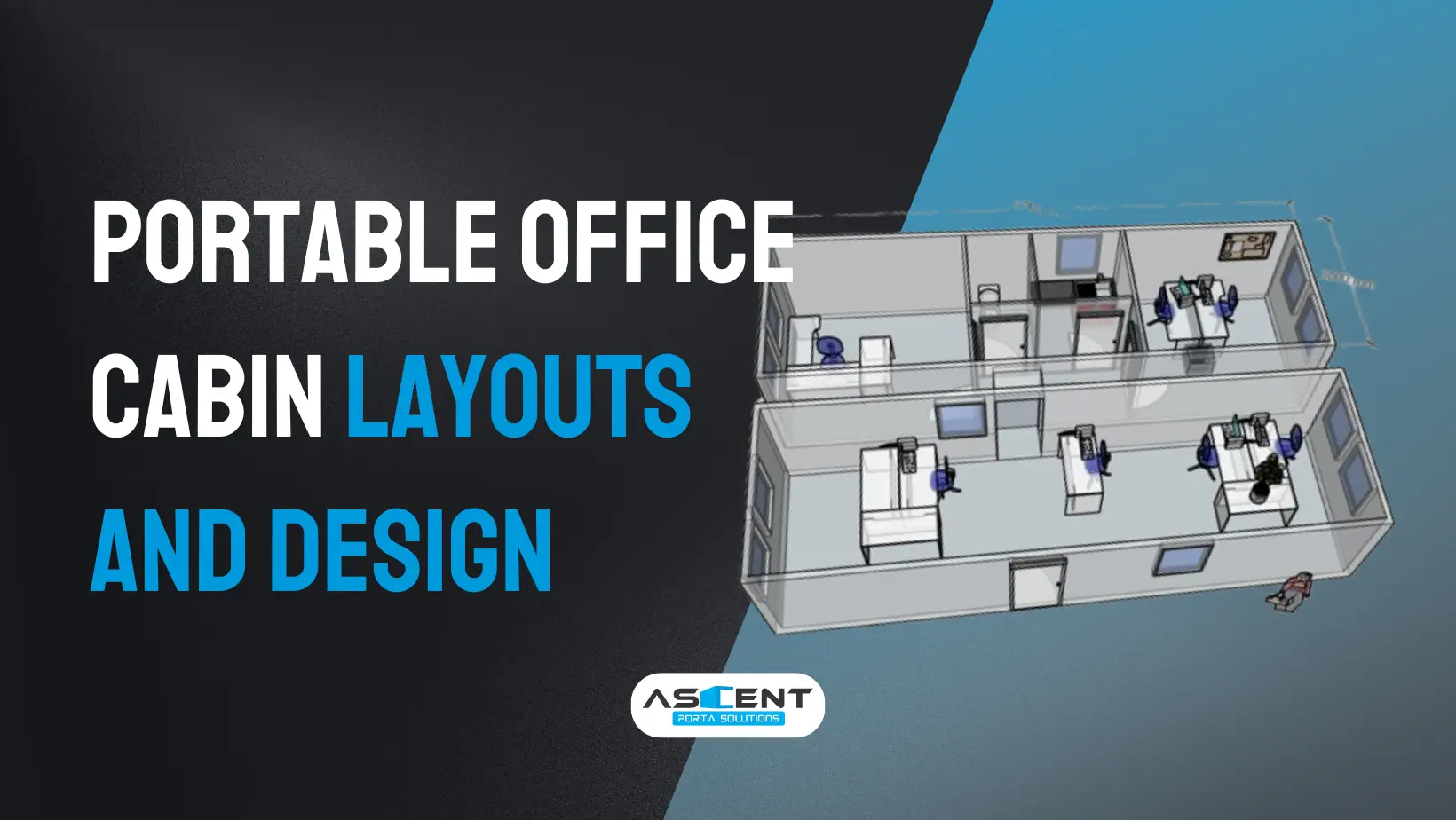
The Indian monsoon season, though essential for our ecosystems, often poses a significant challenge for construction projects. Heavy rains, muddy terrains, waterlogging, and inconsistent weather can delay traditional building projects, increase costs, and compromise safety. In such scenarios, Prefab Construction, also known as Pre-fabricated or Modular Construction, becomes an ideal solution.
At Asprefab Cabin, we have witnessed firsthand how prefabricated structures have transformed the way industries and businesses approach projects during the monsoon. Here's an in-depth look at why prefab construction is the perfect fit for monsoon projects.
1. Faster Installation Minimizes Weather Impact
Traditional construction methods are heavily dependent on on-site activities like bricklaying, plastering, painting, and curing, which can all be delayed by rain. In contrast, prefab cabins and structures are manufactured in controlled factory conditions and then transported to the site for quick assembly.
Since most of the work is done off-site, the monsoon’s impact on the construction timeline is minimized. A project that could take 3–4 months using conventional construction may take just a few weeks with prefab solutions.
2. Weather-Resistant Materials Ensure Durability
At Asprefab Cabin, we use high-quality, weather-resistant materials, such as galvanized steel frames, water-resistant boards, and rust-proof coatings. These materials are designed to withstand harsh weather conditions, making them ideal for monsoon usage.
Unlike traditional construction materials like cement and bricks, which are susceptible to water damage during construction, prefab structures retain their strength and integrity. This makes them highly durable and low-maintenance even in the most challenging weather conditions.
3. Clean and Safe Construction Sites
The monsoon can make construction sites hazardous. Mud, waterlogging, and slippery surfaces can create safety hazards for workers and damage construction materials.
Prefab construction drastically reduces on-site work, leading to cleaner and safer construction environments. With minimal foundation work and quick assembly, the risk of accidents, material wastage, and site mess is greatly reduced.
4. Minimal Foundation Work Required
Prefab cabins and modular buildings typically require simple foundation work, such as concrete blocks or plinth beams, unlike traditional structures that need deep foundations and curing. These simple foundations can be laid quickly before the monsoon or during short dry spells, allowing the prefab cabins to be installed without major disruptions.
5. Cost-Effective During Monsoon Delays
Monsoon delays in traditional construction often lead to increased labor costs, extended machinery rentals, and material wastage. Prefab construction avoids these hidden expenses since most of the work happens off-site, and on-site installation is completed within a matter of days.
At Asprefab Cabin, we help our clients save time and costs by delivering ready-to-install solutions that don’t require extensive manpower or prolonged equipment rentals during the unpredictable monsoon season.
6. Flexible for Temporary and Permanent Needs
Prefab structures are suitable for both temporary setups during monsoon (such as site offices, labor accommodations, or storage rooms) and permanent installations like offices, canteens, guard cabins, and living quarters.
Whether your need is for a short-term monsoon project or a long-term facility that must endure the rains for years, prefab construction offers adaptable solutions tailored to your requirements.
7. Easy Relocation and Reuse
One of the biggest advantages of prefab cabins is that they are relocatable and reusable. If your project site is temporary, such as a construction site or a monsoon season relief camp, the cabins can be dismantled and reassembled at another location with ease. This flexibility is not possible with traditional concrete structures, making prefab cabins a sustainable and versatile choice.
8. Environmentally Friendly Option
During monsoons, the environmental impact of traditional construction increases due to soil erosion, water wastage, and pollution from construction waste. Prefab construction is environmentally friendly, producing less on-site waste and consuming fewer resources.
At Asprefab Cabin, we follow eco-friendly practices in our manufacturing units and ensure that our prefab solutions contribute to greener and cleaner construction processes, regardless of the season.
9. Applications of Prefab Cabins During Monsoon
Prefab cabins have multiple uses during the rainy season. Here are some examples:
- Project Site Offices: Keep your construction and engineering teams dry and comfortable.
- Worker Accommodation: Provide safe and hygienic housing for laborers during the rains.
- Guard Cabins: Ensure security staff have a dry shelter to work from.
- Temporary Classrooms: For areas where monsoon floods affect schools, prefab classrooms are a quick relief solution.
- Storage Units: Keep your materials dry and protected from water damage.
- Healthcare and Relief Camps: In flood-affected areas, prefab cabins can be deployed as medical clinics or relief shelters.
10. Proven Success in Challenging Monsoon Regions
Asprefab Cabin has delivered multiple successful projects across India, especially in regions like Mumbai and Pune, where the monsoon rains are heavy and prolonged. Our team has installed prefab solutions for construction sites, government relief camps, and industrial units during peak monsoon seasons without delays.
Our clients trust us because we provide not only durable structures but also end-to-end service from design and manufacturing to transportation and on-site installation—even during adverse weather conditions.
Conclusion
The monsoon season no longer needs to be a roadblock to your project deadlines. By choosing prefab construction from Asprefab Cabin, you gain a reliable, efficient, and weather-resistant solution that keeps your project on track, your people safe, and your costs under control.
If you're planning a project this monsoon, whether it’s a site office, accommodation block, or temporary classroom, connect with Asprefab Cabin. Let us help you build smarter, faster, and safer—rain or shine.

